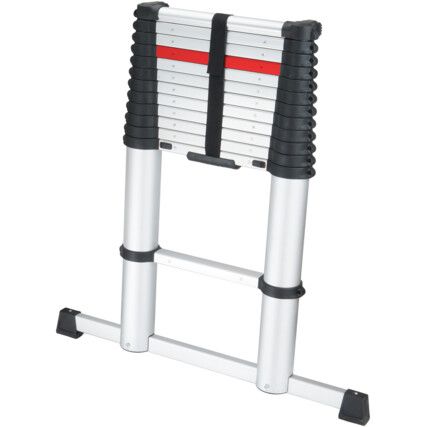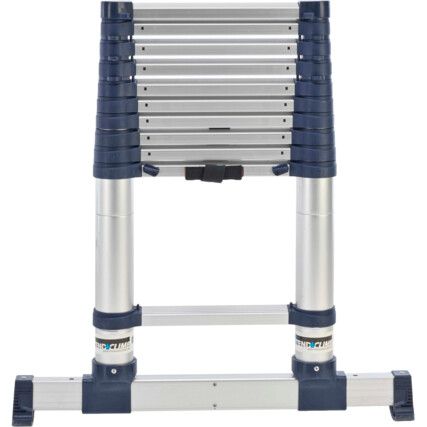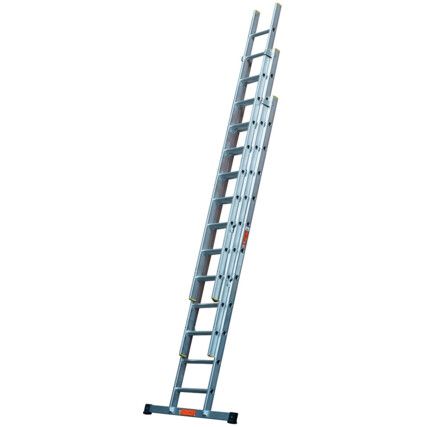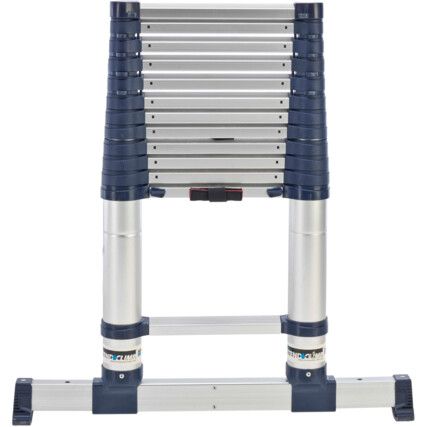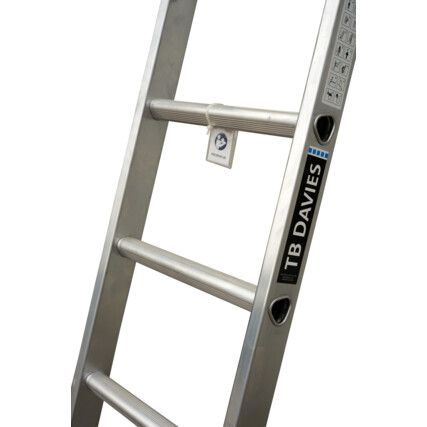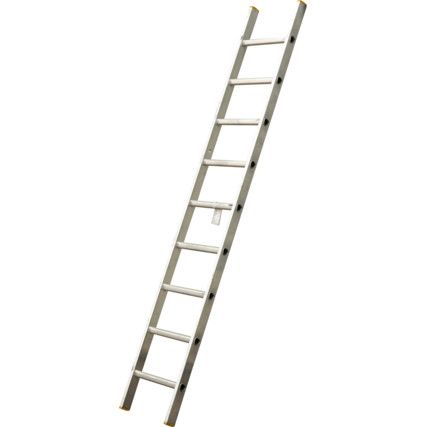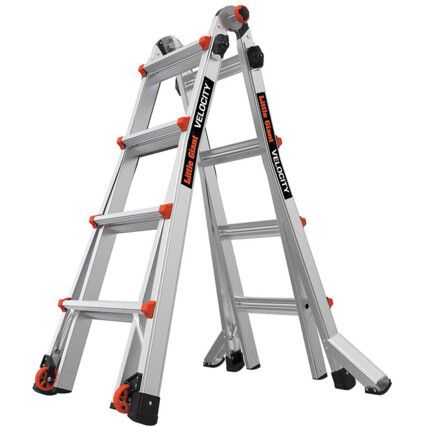Ladders
Stay safe when working at a height with ladders from Cromwell. We stock a comprehensive range of ladders, available in different heights and with different safety features to suit all the requirements of your workplace.
We carefully select our products from high-quality, leading brands, like Bratt's Ladders®, T.B. Davies® and GPC® to offer the best in safety and performance to all our customers.
What are ladders?
Ladders are vertical pieces of equipment consisting of repeated bars or steps attached to two upright lengths of metal, wood, or rope. Ladders are designed to provide a safe and stable way to reach high places.
Why buy ladders?
When working at a height its important to ensure the safety of the user. Ladders sold in the UK must meet Health & Safety standards to provide a reliable and safe tool. Therefore, when reaching for or stacking products at a height, a good set of compliant ladders will give you peace of mind and help to protect you against avoidable accidents.
When are ladders used?
Ladders come in handy in a variety of working environments. Repair and maintenance work, construction, commercial settings, and warehouses all use ladders to stay safe and steady when climbing to a different level or working at a height.
Ladder types
Ladders come in all sizes with different accessories, including access platforms, added railings and tool holding facilities. You can choose a set of ladders based on their overall height, the number of treads and the included accessories if required. All ladders must be CE certified and comply with BS EN 131 standards.
• Combination ladders - This style of ladder is extremely versatile and can be used as a stepladder or opened up to form a single ladder.
• Double ladders - This type of ladder offers a double extension with rigid stiles to allow for complete security when fully extended.
• Fibreglass ladders - Ladders made from fibreglass are non-conductive and used widely by electricians and other workers who may encounter live electricity.
• Roof ladders - These feature a pair of roof hooks that allow for the ladder to be secured to the apex of the roof to allow the user to work safely at an angle.
• Single ladders - This ladder type features a single length of climbing rungs.
• Step ladders - This type of ladder typically features a small standing platform at the top of the ladder.
• Telescopic ladders - This innovative design allows for extension to a required height, while quickly collapsing down for lightweight and compact storage.
• Triple ladders - Much like the double ladders, this type offers a triple extension complete with rigid stiles for security when at full extension.
Considerations when choosing a ladder
• Application - Your desired application will most likely determine the size, type and material of ladder required.
Ladder jargon buster
Working at a height can be high risk, and there is a lot of safety legislation and training requirements in place to keep people safe. Ladder safety standards are important to know to ensure you stay compliant, so we've given a brief explanation here to keep you in the know.
What do safety standards BS EN 131 mean?
This standard outlines the manufacture and testing requirements of all portable steps and ladders.
Let's break it down...
• BS - This is an abbreviation for the British Standards Association who govern the safety standards for Britain.
• EN - This is the abbreviation for European Norm and highlights the alignment with European safety standards.
• 131 - This is the legislation number for this standard.
• Professional - A classification for ladders used in the workplace only, this requires the ladders to take a maximum load of 150kg including any extra tools and equipment required by the user.
• Non-professional - A classification for ladders used domestically with the requirement of a maximum total load capacity of 150kg.
FAQs
At what angle should I set my ladder?
When setting up a ladder, ensure that it's placed on a level surface and is angled 75° from the wall. If outside, ensure that there aren't any phone lines close to the area you'll be working and secure the stiles at the top of the ladder to something solid to prevent it from slipping or moving.
What's the difference between a ladder and a stepladder?
A ladder is used against a wall or other secure vertical surface, while a step ladder opens to a V-shape to support itself without the need to lean. Stepladders are generally used to reach for a high object, while ladders help you to climb up and onto a surface.
